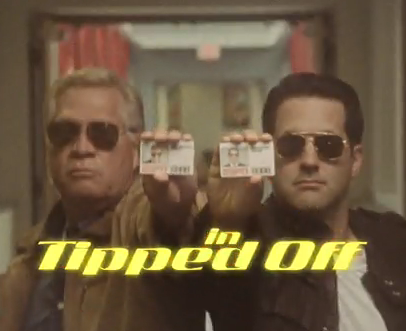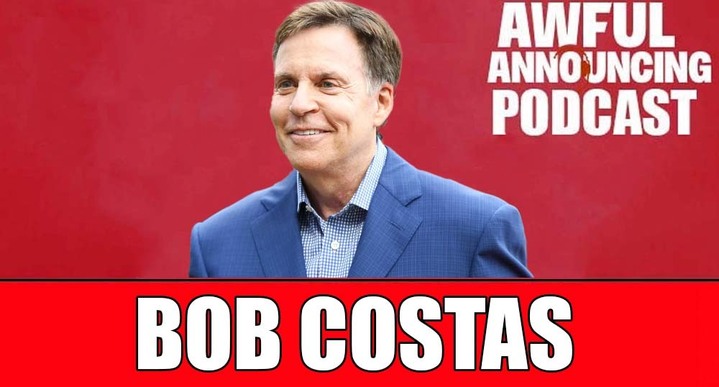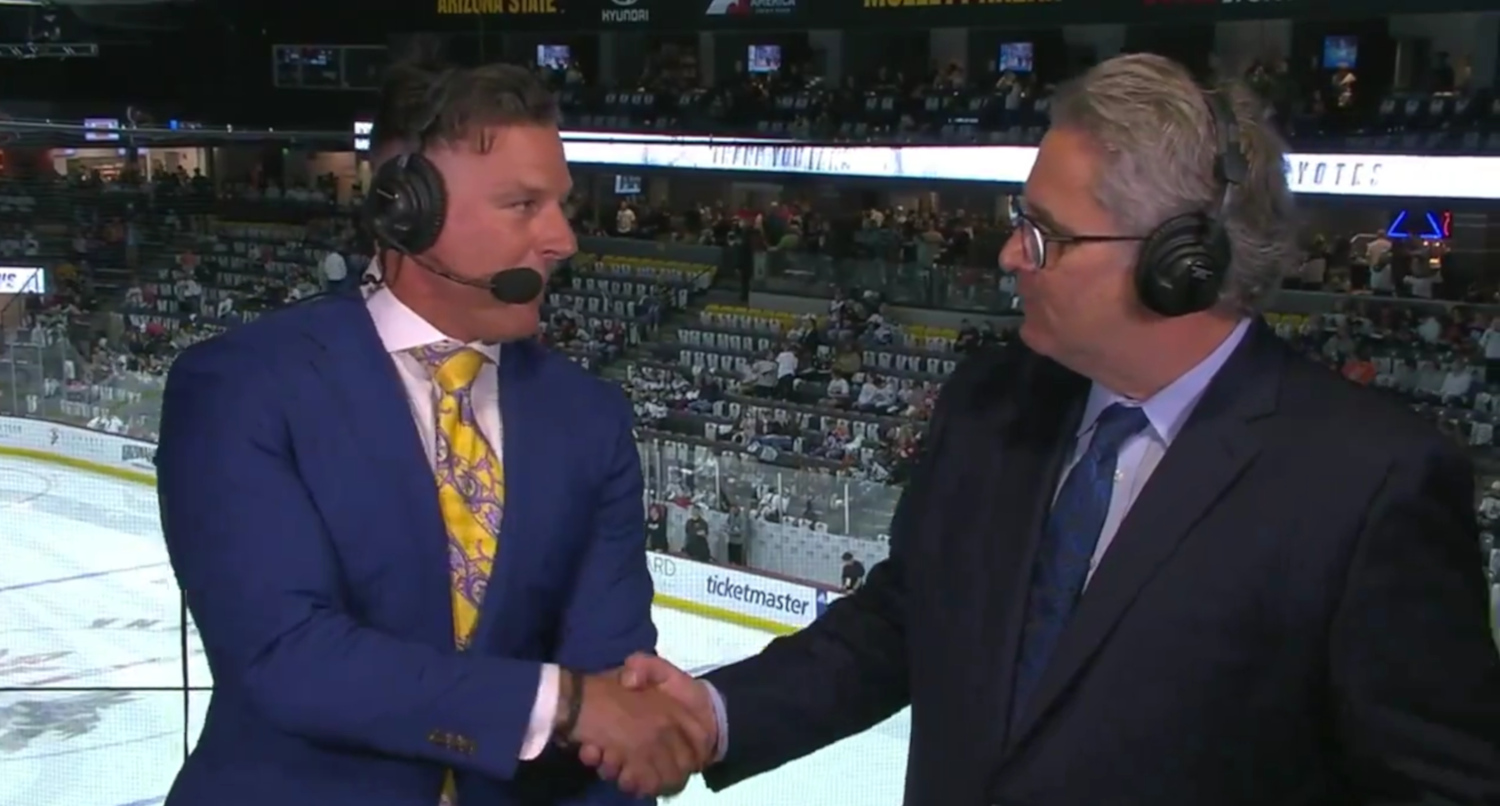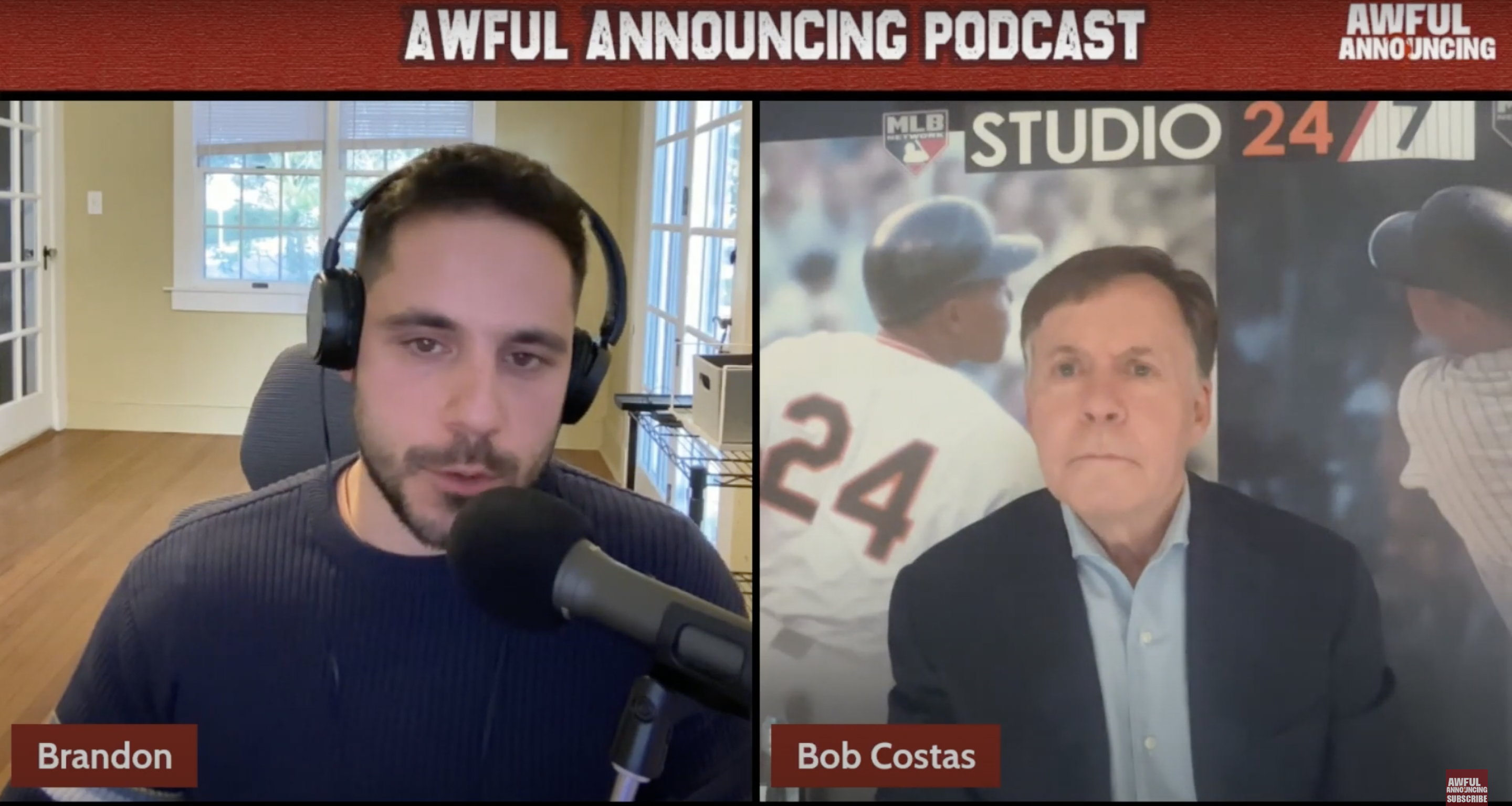
The hottest topic in terms of television plans for next week's NFL Draft is the controversy surrounding reporters tipping draft picks. These days there are scores of fans who take in sports with Twitter as a second screen, following and partaking in the conversation surrounding what they're watching on television. (After all, that's why this website exists.) After the commotion of NFL reporters like Adam Schefter and others being two picks ahead on Twitter than the television coverage of the draft, the networks put the kibosh on tipping picks spoiling the television production.
Once again, both ESPN and NFL Network will try to preserve the drama of the picks being announced from the podium. Here's more from Richard Deitsch's Monday sports media column at Sports Illustrated…
"While ESPN and NFL Network will compete fiercely for audience this week, they have once again come together for a gentleman's agreement on the subject of tipping draft picks. Both networks have pledged not to show images of players on the phone in the green room at Radio City Music Hall. In addition to that, both networks tell SI.com that they will tell staffers not to report pick-by-pick selections on their Twitter feeds prior to NFL commissioner Roger Goodell announcing the picks on the podium. The Twitter edict will extend into the second round of the draft. Teams have 10 minutes to pick in the first round, seven minutes in the second round and five minutes for the rest of the draft."
While that may be a beneficial strategy for the television event nature of the NFL Draft, it puts ESPN and NFL Network reporters in a sticky situation. As Adam Schefter reveals in a Q&A with the Sherman Report, this policy of tipping picks may not be as black and white as it seems. Schefter says he has the green light to tweet breaking news and trades that go above and beyond the "run-of-the-mill" selections:
"Last year, we revised our policy to a certain extent (between Round 1 and 2). Even in some in round 1, we did it. Basically, what my boss (Seth Markman) said going into round 1: “I don’t want you tweeting every first round pick.”
I’m not going to report standard picks. If a team is sitting still at 15, I’m not going to tweet (that pick). In other words, mundane, Run-of-the mill picks, leave alone. But if it’s a quarterback or a bold move, have at it. ESPN places no restrictions on me (in that regard)."
What to tweet and what not to tweet, that is the question. As Schefter continues in the interview with Ed Sherman, reporting news isn't as easy as taking 10 seconds to type out 140 characters. Work does go into getting scoops, so what stories are worth pursuing and tweetable and what stories aren't? Where's the line between a story that goes beyond "tipping picks" and into "newsworthy"?
And therein lies the issue for those reporters. Were they to follow through with this policy, they lose out to competitors on breaking news. What about the Peter Kings (SI) or Jason La Canforas (CBS) of the world who work for outlets that don't televise the draft and would be well within their rights to get picks before anyone else. Heck, last year, even NFL owners were in the business of breaking news and tipping picks. It's noble to want to protect the television viewer, but everyone else on Twitter is going to be tipping picks because Twitter is first and foremost a platform that delivers breaking news. Fans at home have to understand that the draft will be spoiled on Twitter. Right now that's just the nature of the beast. If Adam Schefter won't do it, somebody else will.







Comments are closed.